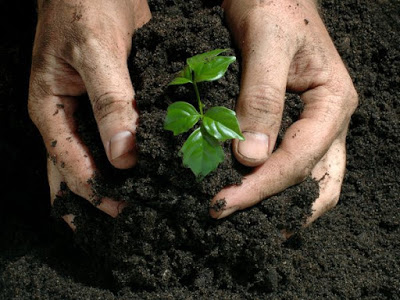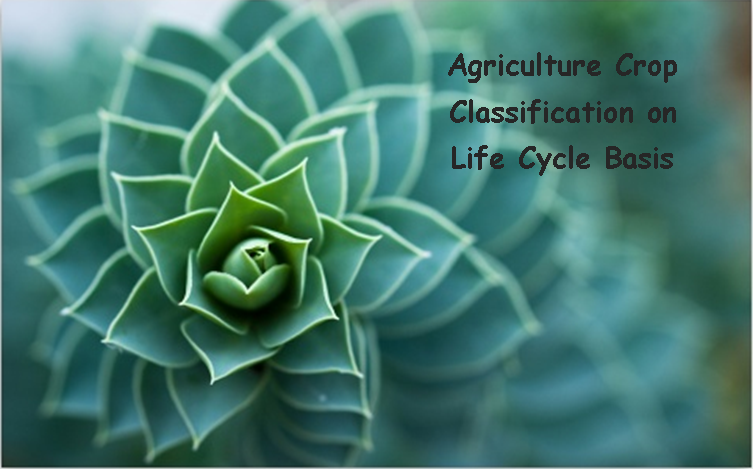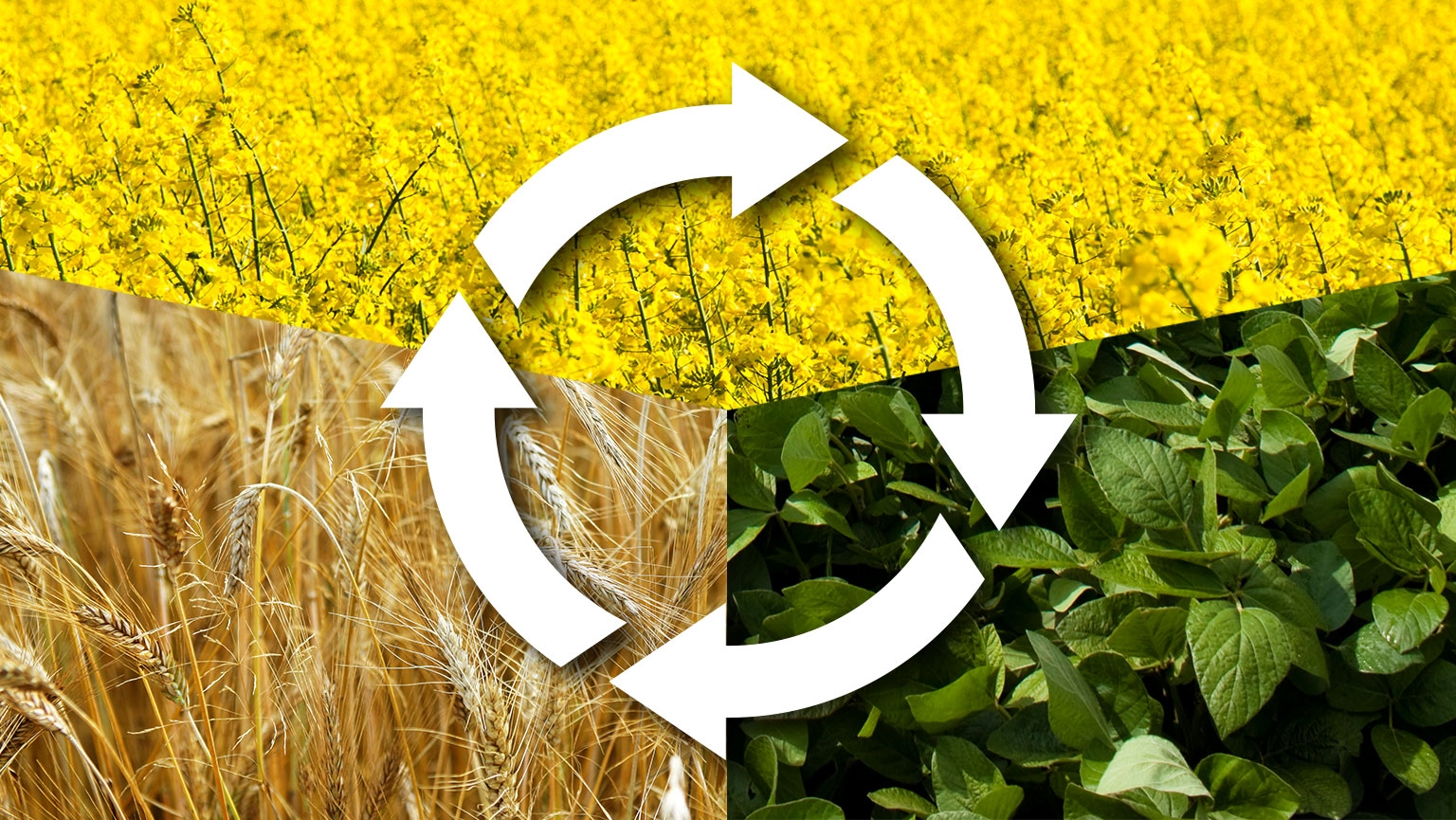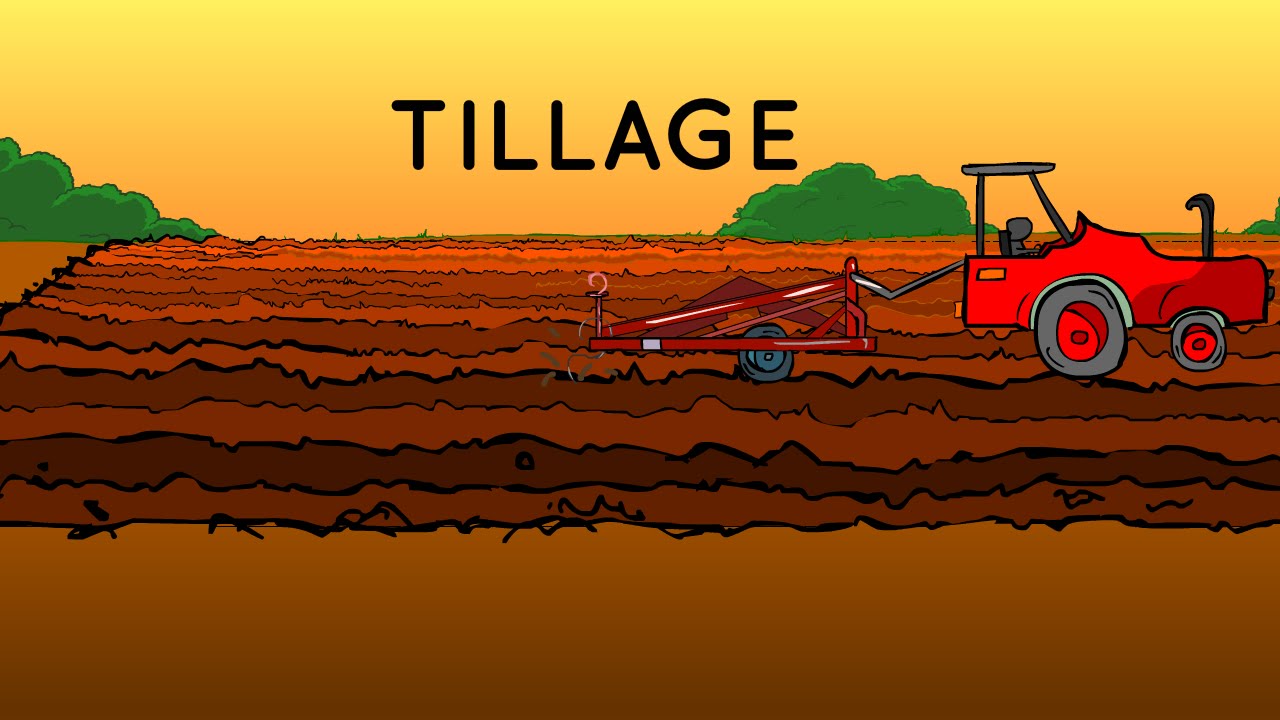Introduction
With the introduction of the concept of organic farming and its wider demand and acceptability, there are new horizons opening in the agriculture field that are more human and environment friendly. One of these is the introduction of bio-fertilizers in agriculture. There has been great awareness among the masses in global farming community to route the efforts in more secure soil management techniques to have sustainable soil fertility.
What is Bio-fertilizer?
These are also called as microbial fertilizers or microbial inoculants that are prepared in such a way that contain live or latent cells of efficient strains of nitrogen fixing micro-organisms. These are used for seed application or soil application with the aim of increasing those organisms in the soil that improve micro biologically fixed nitrogen for plant growth.
Why Need of Bio-fertilizer?
It is estimated that there is about 80,000 tons of nitrogen over the atmosphere of hectare of land. This shows sufficient amount of nitrogen is available around, however it is in inert form and is not readily available for the plants to use. To make it available for the plant use, biological nitrogen fixation is carried out by specialized bacteria and algae that convert the inert nitrogen into plant usable nitrogen. These bacteria or algae have specialized enzyme called nitrogenase that facilitates this fixation. Hence inert N2 is converted to NH3 that is easily use by plants.
Bio-fertilizers in agriculture improve the physical properties of soil. The aeration in soil increase and hence it ultimately improves the soil fertility. Biomass content as well as nutrient availability along with efficient absorption of other nutrient increase like Phosphorus. They also help in enhancing plant growth through release of vitamins, hormones and auxins. Last but not least, bio-fertilizers in agriculture also help in proliferation of beneficial micro-organisms that are beneficial in suppressing soil borne pathogens.
Types of Bio-fertilizers in Agriculture
Depending upon the targeted function they perform, bio-fertilizers in agriculture are divided into 6 types. These are;
- Growth promoters excreting micro-organisms.
- Biological Nitrogen fixing micro-organisms.
- Making soluble Potash micro-organisms.
- Arbuscular mycorrhizal fungi.
- Solubilized and mobilized Potash making micro-organisms.
- Sulphur mobilizing micro-organisms.
Cite this Article in APA Style as:
[box type=”note” align=”aligncenter” ]Rahman, M. A. (2018, March 07). Bio-fertilizers in Agriculture [Blog Post]. Retrieved from http://aridagriculture.com/2018/03/07/bio-fertilizers-in-agriculture/[/box]









